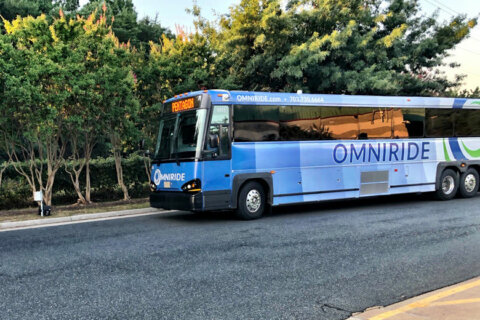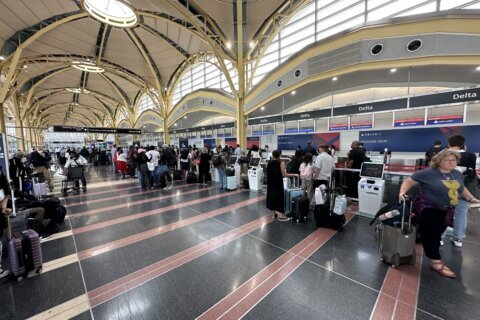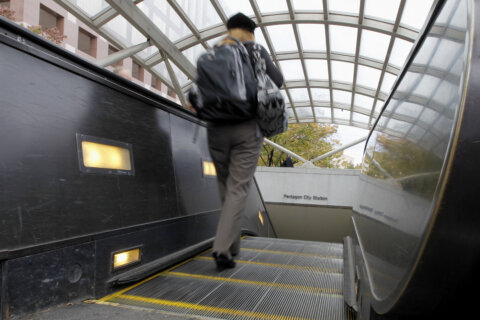Amtrak started the year on track to break even financially, but that might not be the case, because of the coronavirus outbreak.
Since March, Amtrak Board Chair Anthony Coscia said the company’s ridership has dropped 95%, and he expects to see at least a $700 million drop in adjusted operating earnings.
“This has presented an enormous challenge to the company,” Coscia said Thursday.
In past weeks, the company dramatically cut back on service, including suspending the popular Acela service between D.C. and New York City. The maximum capacity of trains has been cut in half because of social distancing guidance.
As the company continues to operate in a diminished capacity, it is also trying to decide how service will be ramped up once it is safe to do so.
“Part of our efforts right now and focus is to think about recovery, and what does recovery look like, and how our operation is going to respond,” said William Flynn, the new CEO and president.
During a conference call with reporters, Flynn said part of the discussion is determining what customer sentiment is going to look like once things begin to reopen. Social distancing and more options for contactless interactions for passengers will be key parts of that discussion.
Stephen Gardner, senior executive vice president for Amtrak, said technology will play an important role in helping to reduce interactions during the train-riding process.
The company is working to speed up planned enhancements in technology. The deployment of new, more modern kiosks, and improvements to the system — which notifies passengers about their rides via text — will provide more information to riders.
The goal is to reduce the number of people who need help finding where they need to go at the train station.
Also in the works, according to Gardner, is speeding up improvements to Amtrak’s website and app. Both would improve not only the ticket-buying process, but also services offered during trips. The ability to buy food from the food car from your seat is among the features.
“We can receive your order in advance and process that order and then you can come and pick it up and have again, less interaction,” Gardner said.
To help offset the cost for lost ticket revenue, $1 billion was set aside for Amtrak in the Coronavirus Aid, Relief and Economic Security, or CARES, Act. That money will go toward keeping the rail company going during the pandemic, paying for employee salaries and fuel costs.
The one big question which can’t be answered right now by Amtrak officials is when the restoration of service can actually begin.
- Metro to close 9 stations in Va. for summer work, affecting Orange and Silver Line service
- Montgomery Co. closing Little Falls Parkway on weekends to make more room for pedestrians
- ‘A lot of people are driving crazy’: Expert says less traffic means more speeding on local roads
- Drivers caught speeding over 100 mph nationwide during lockdown
- Pandemic rider drop creates path to speed Silver Line extension work








